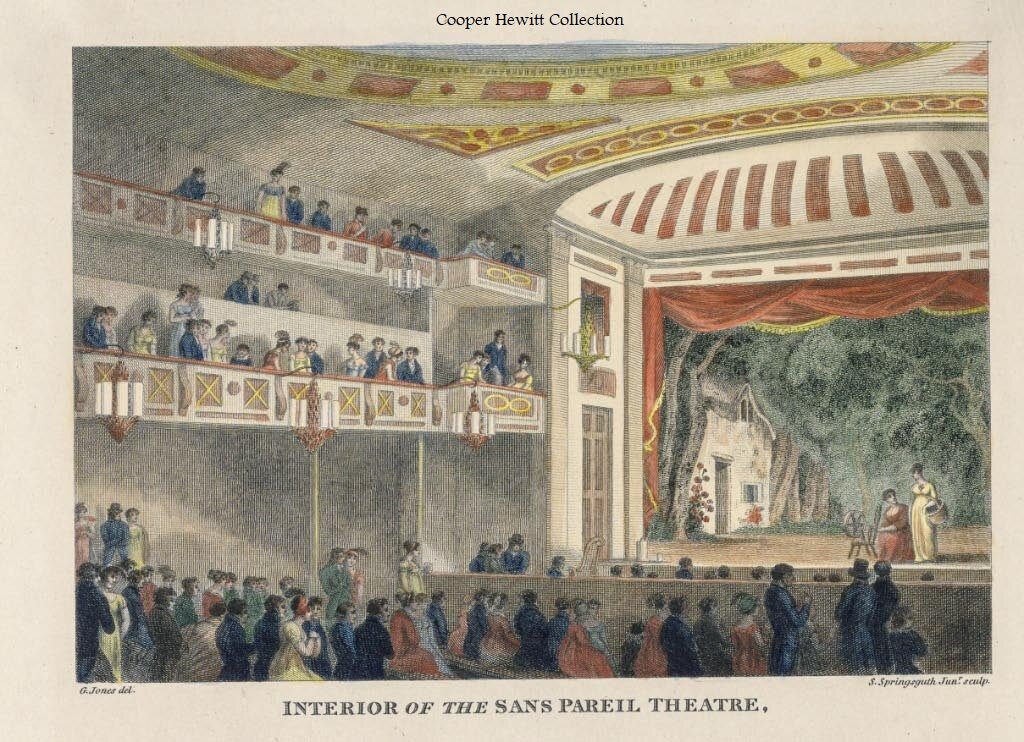Miss Wonderful, which starts my Carsington Brothers series, was my first book after a hiatus of several years It was a great joy to return to romance writing with a love story set in Derbyshire, home of the Peak (what we now call the Peak District), and a place I had visited a few years earlier. Plot elements as well as my hero were inspired by actual events, persons, and places, a great satisfaction to my nerdy history mind.
Readers of Pride and Prejudice will remember that Elizabeth Bennett’s planned trip to the Lake District was curtailed. Instead, she went to Derbyshire, where she discovered Mr. Darcy’s beautiful house and estate. There’s a great deal more to Derbyshire’s beauties* and potential for romance, as my book, I hope, will make clear.
T. Cartright, A View of the High Torr, Matlock, 1808 courtesy British Library
Meanwhile, if you haven’t yet met any of my Carsingtons, here’s your chance to start at the beginning, for a mere $1.99.
*And yes, the spelling is “Tor,” but spelling in the early 1800s was a little erratic.










